The History of Indigenous Peoples - Key Events and Struggles
Exploring the rich tapestry of the history of Indigenous peoples unveils a narrative marked by resilience, struggle, and triumph. From the earliest interactions with European colonizers to the present-day fight for land rights and cultural preservation, Indigenous communities have navigated a tumultuous journey fraught with challenges.
One of the pivotal moments in this history is the era of colonization and the subsequent resistance movements that arose in defiance of oppressive colonial rule. Indigenous populations faced devastating consequences as European powers sought to exploit resources and impose their authority. However, out of this adversity emerged powerful movements of resistance, embodying the unwavering spirit of Indigenous peoples.
The legacy of forced assimilation policies stands as a dark chapter in the history of Indigenous communities. Governments implemented ruthless strategies aimed at eradicating Indigenous cultures and languages, imposing Western ideals and norms. Despite these efforts to suppress Indigenous identities, the resilience of these communities shone through, preserving traditions and heritage against all odds.
Land dispossession represents a fundamental aspect of the struggles faced by Indigenous peoples. Through treaties, laws, and violent means, Indigenous lands were systematically taken away, disrupting ancestral connections and threatening the very essence of Indigenous existence. The fight for land rights continues to be a central theme in the ongoing struggles of Indigenous communities worldwide.
The Trail of Tears stands as a poignant reminder of the atrocities committed against Native American tribes, notably the Cherokee, during forced relocations. The harrowing journey symbolizes the profound loss and suffering endured by Indigenous peoples, highlighting the devastating impact of government policies on ancestral lands and communities.
Amidst these challenges, Indigenous rights movements have emerged as beacons of hope and resilience, advocating for self-determination, cultural preservation, and recognition of Indigenous sovereignty. These global movements serve as catalysts for change, amplifying the voices of Indigenous peoples and demanding justice and equality.
The detrimental impact of residential schools on Indigenous communities reverberates through generations, perpetuating cycles of trauma and pain. The systematic erasure of Indigenous languages and cultures within these institutions has left deep scars on communities, underscoring the urgent need for healing and reconciliation.
The Land Back movement represents a contemporary call to action, urging the return of Indigenous lands and the restoration of self-governance. This movement embodies a vision of reclaiming ancestral territories and revitalizing Indigenous ways of life, challenging colonial legacies and advocating for Indigenous sovereignty.
Environmental activism has become a cornerstone of Indigenous resistance, with communities at the forefront of efforts to protect their lands and resources from exploitation. By advocating for sustainable practices and environmental stewardship, Indigenous peoples are safeguarding their cultural heritage and the future of the planet.

Colonization and Resistance
When European powers embarked on their colonial ventures, the impact on Indigenous populations was profound. The arrival of colonizers often meant the disruption of traditional ways of life, the introduction of diseases, and the imposition of foreign rule. Indigenous communities faced a stark choice: assimilate or resist.
Resistance movements emerged across the globe as Indigenous peoples fought to protect their lands, cultures, and autonomy. From armed uprisings to strategic alliances, Indigenous groups demonstrated remarkable resilience in the face of overwhelming odds. These acts of resistance were not just about preserving the past but also securing a future free from oppression.
Colonization brought about a clash of worldviews, with Indigenous beliefs and practices often deemed inferior or barbaric by the colonizers. The struggle for recognition and respect was not just physical but also ideological. Indigenous leaders and activists worked tirelessly to challenge colonial narratives and reclaim their identities.
Despite the immense challenges, the spirit of resistance burned brightly within Indigenous communities. Whether through diplomatic negotiations or armed confrontations, the fight for self-determination and cultural survival continued unabated. The legacy of colonization and resistance is a complex tapestry of triumphs, tragedies, and ongoing struggles.
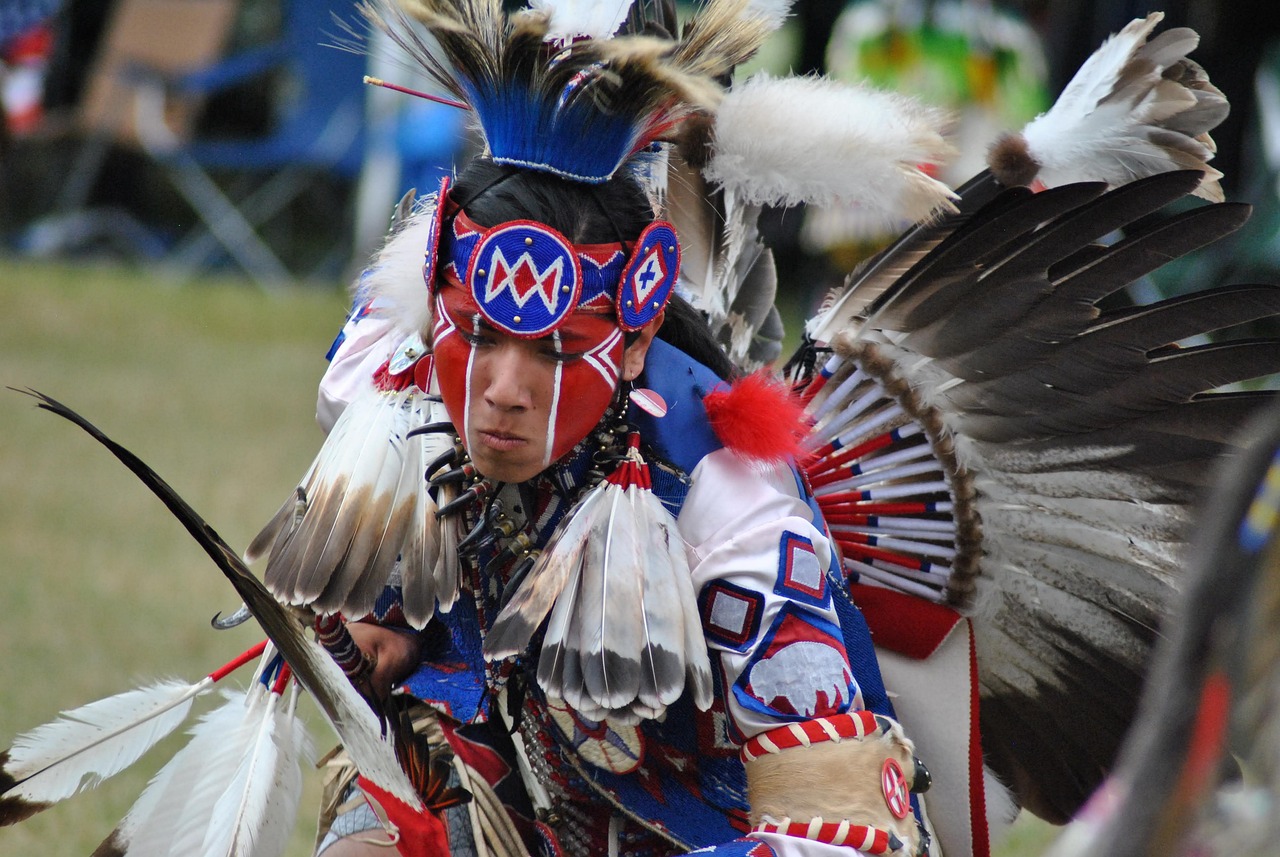
Forced Assimilation Policies
Exploring significant historical events and ongoing challenges faced by Indigenous communities worldwide.
Forced assimilation policies have been a dark chapter in the history of Indigenous peoples, where governments aimed to erase Indigenous cultures and languages through coercive measures. These policies were often implemented under the guise of "civilizing" or "modernizing" Indigenous communities, leading to the suppression of traditional practices and beliefs.
One of the most infamous examples of forced assimilation was the establishment of residential schools, where Indigenous children were forcibly taken from their families to be assimilated into Euro-Canadian culture. These schools aimed to strip Indigenous children of their cultural identity, language, and heritage, resulting in lasting trauma and intergenerational impacts.
Additionally, governments imposed laws and regulations that restricted Indigenous practices, such as banning traditional ceremonies, hunting, and fishing rights, further marginalizing Indigenous communities. The forced assimilation policies not only undermined the autonomy of Indigenous peoples but also perpetuated cycles of poverty and discrimination.
Despite the devastating impact of these policies, Indigenous communities have shown remarkable resilience and strength in preserving their cultures and languages. Through advocacy, education, and cultural revitalization efforts, Indigenous peoples continue to resist assimilation and reclaim their identities.
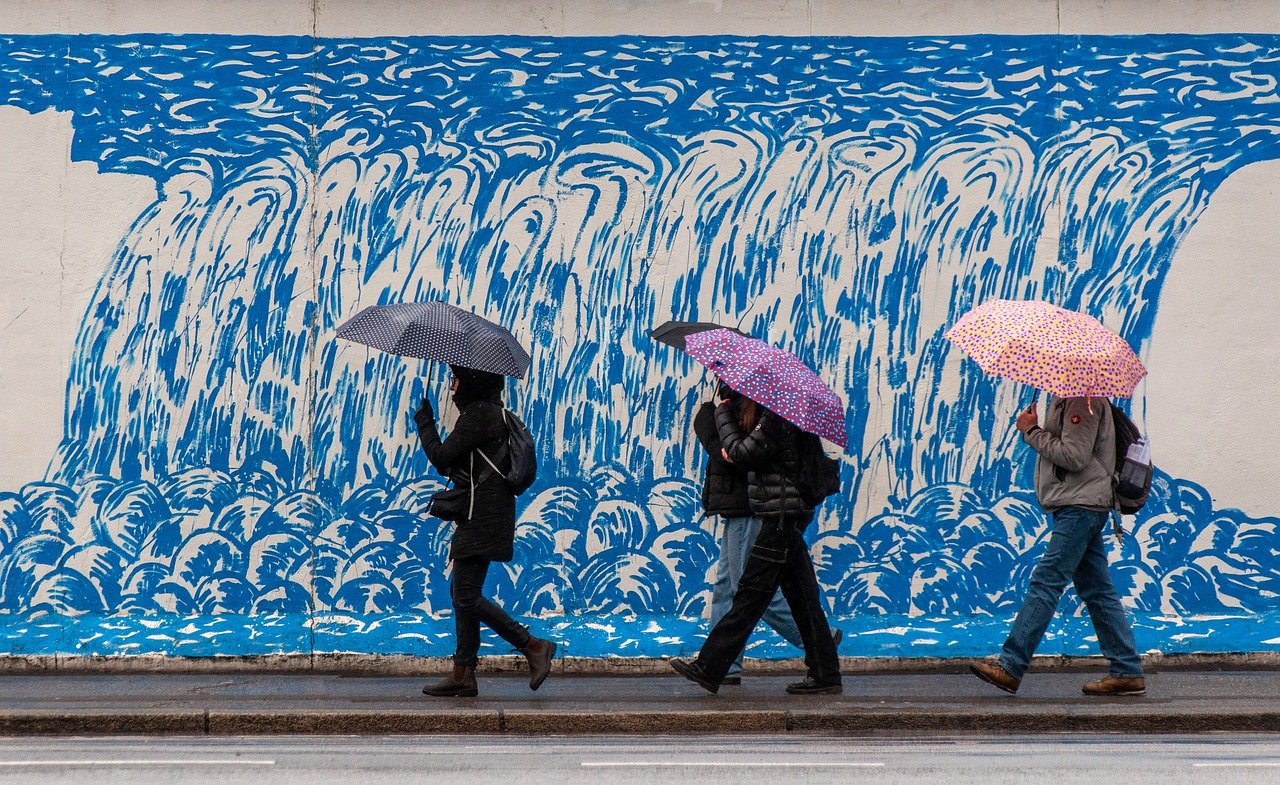
Land Dispossession
Land dispossession has been a central issue in the history of Indigenous peoples, marked by the systematic removal of their ancestral lands through various means. European colonization brought about a wave of land seizures, often justified through treaties that were later broken or manipulated to favor colonizers. This dispossession was not only physical but also spiritual, as the land holds deep cultural and historical significance for Indigenous communities.
Throughout history, Indigenous peoples have faced violent displacements, legal loopholes, and discriminatory policies aimed at stripping them of their territories. The loss of land has not only disrupted traditional ways of life but has also led to economic hardships and social marginalization. The struggle for land rights continues to be a defining aspect of Indigenous advocacy and resistance movements worldwide.
Land dispossession has had far-reaching consequences, impacting not only the present generation but also future ones. The loss of connection to the land has resulted in a loss of identity, language, and cultural practices. Many Indigenous communities have been pushed to the margins of society, facing poverty, health disparities, and environmental degradation as a result of land dispossession.
Efforts to address land dispossession have been met with both challenges and successes. Indigenous activists and organizations have been at the forefront of campaigns to reclaim ancestral lands, assert sovereignty rights, and challenge unjust land policies. These movements are not only about physical land ownership but also about reclaiming heritage, restoring dignity, and ensuring a sustainable future for Indigenous peoples.
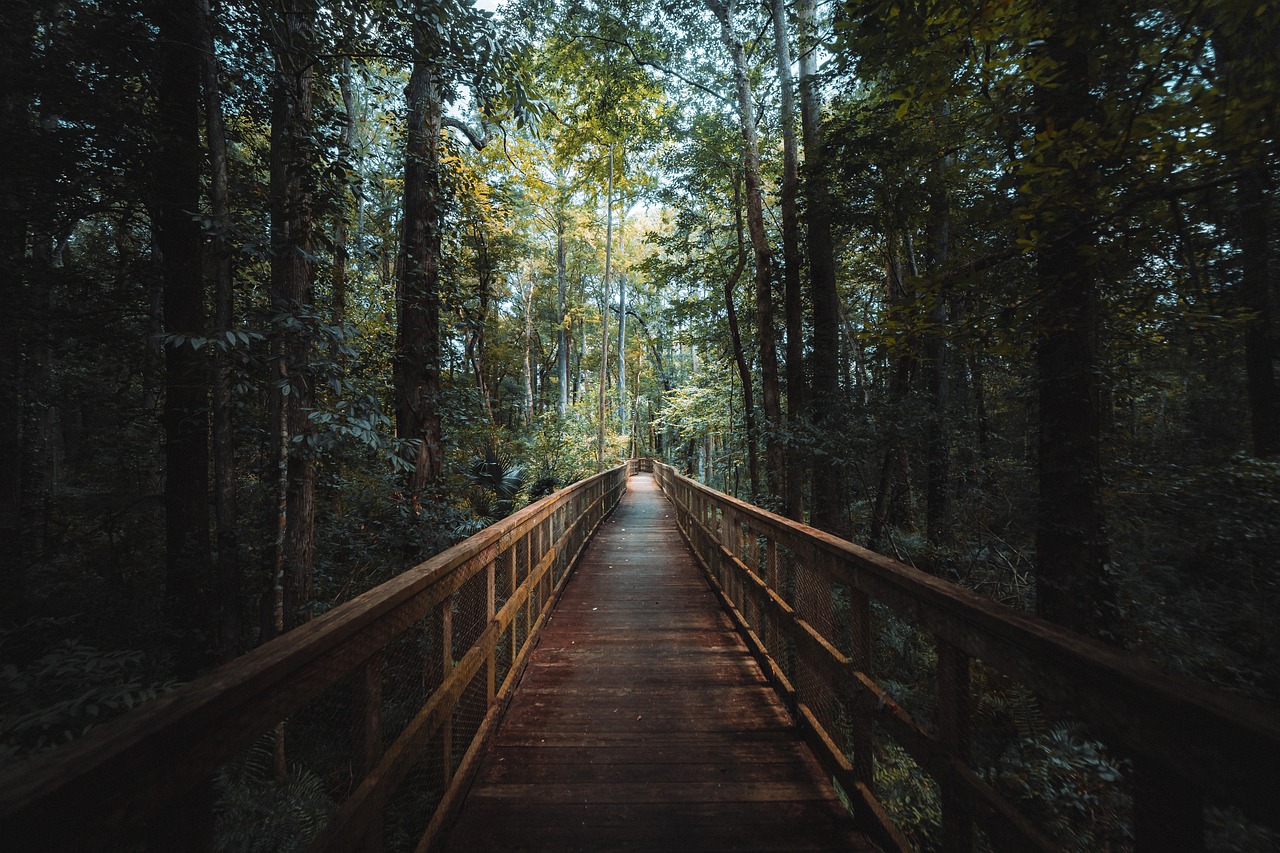
Trail of Tears
The Trail of Tears stands as a dark chapter in American history, symbolizing the forced relocation of several Native American tribes from their ancestral lands to designated territories west of the Mississippi River. This tragic event primarily affected the Cherokee, Muscogee (Creek), Seminole, Chickasaw, and Choctaw nations, leading to immense suffering and loss.
Beginning in the late 1830s, under the Indian Removal Act signed by President Andrew Jackson, thousands of Indigenous people were uprooted from their homes, facing harsh conditions during the arduous journey. Families were torn apart, and many perished due to exposure, disease, and starvation along the trail.
The Trail of Tears serves as a stark reminder of the devastating consequences of government policies aimed at forcibly displacing Indigenous communities in the pursuit of land and resources. It highlights the resilience and strength of Native American peoples in the face of immense adversity, as they continue to preserve their cultures and traditions despite historical injustices.
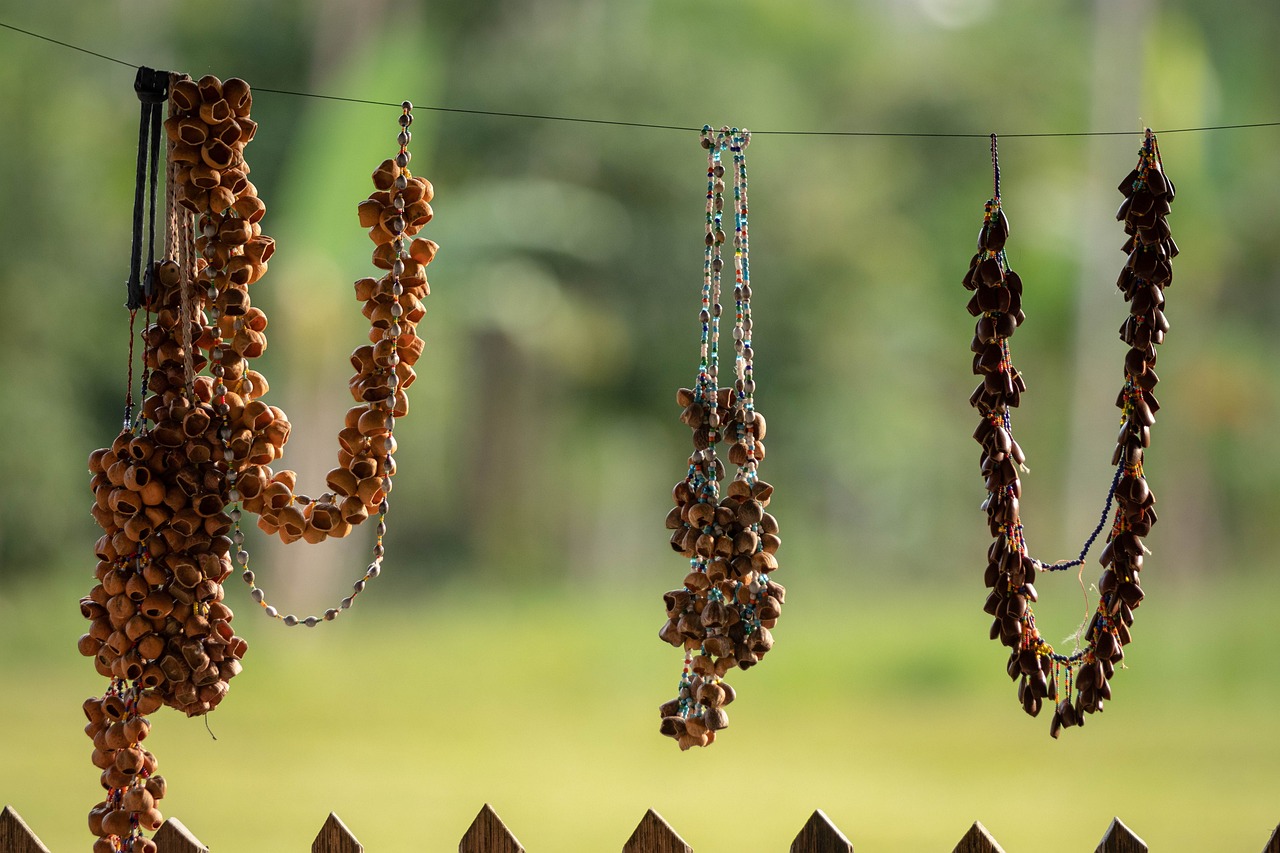
Indigenous Rights Movements
Exploring significant historical events and ongoing challenges faced by Indigenous communities worldwide.
Indigenous rights movements have been pivotal in advocating for the rights, self-determination, and cultural preservation of Indigenous communities globally. These movements aim to address the historical injustices and systemic discrimination faced by Indigenous peoples.
One of the key aspects of Indigenous rights movements is the call for recognition of Indigenous sovereignty over their lands and resources. This includes challenging government policies that infringe upon Indigenous territories and advocating for the right to self-governance.
Additionally, Indigenous rights movements often focus on the preservation of Indigenous languages, traditions, and cultural practices. These movements highlight the importance of cultural revitalization and the passing down of traditional knowledge to future generations.
Many Indigenous rights movements also seek to address issues of social and economic inequality within Indigenous communities. This includes advocating for improved access to healthcare, education, and economic opportunities for Indigenous peoples.
Furthermore, Indigenous rights movements frequently collaborate with other social justice movements to amplify their voices and advocate for broader societal change. Solidarity with marginalized groups is often a cornerstone of Indigenous rights activism.
Overall, Indigenous rights movements play a crucial role in challenging colonial legacies, promoting Indigenous self-determination, and fostering greater respect for Indigenous cultures and rights.

Impact of Residential Schools
Residential schools have left a lasting impact on Indigenous communities, causing deep-rooted trauma that continues to affect generations. These institutions, often run by religious organizations in collaboration with the government, aimed to assimilate Indigenous children into Western culture by prohibiting the use of their native languages and traditions. The harsh conditions, abuse, and neglect experienced by the students have had long-lasting effects on their mental, emotional, and physical well-being.
The intergenerational trauma stemming from the residential school system has led to issues such as substance abuse, mental health disorders, and high rates of suicide within Indigenous populations. The loss of cultural identity and connection to their heritage has created a sense of dislocation and alienation among many individuals and communities.
Furthermore, the forced separation of children from their families in these schools has disrupted the transmission of traditional knowledge and practices from one generation to the next. This loss of cultural continuity has had profound consequences on the social fabric of Indigenous societies, impacting their ability to maintain cohesive communities and preserve their unique way of life.
Despite the closure of many residential schools, the legacy of trauma and cultural erasure persists, requiring ongoing efforts to address the historical injustices inflicted upon Indigenous peoples. Initiatives aimed at healing and reconciliation, such as truth and reconciliation commissions, have been established to acknowledge the atrocities committed in these institutions and support survivors in their journey towards healing and reclaiming their cultural heritage.
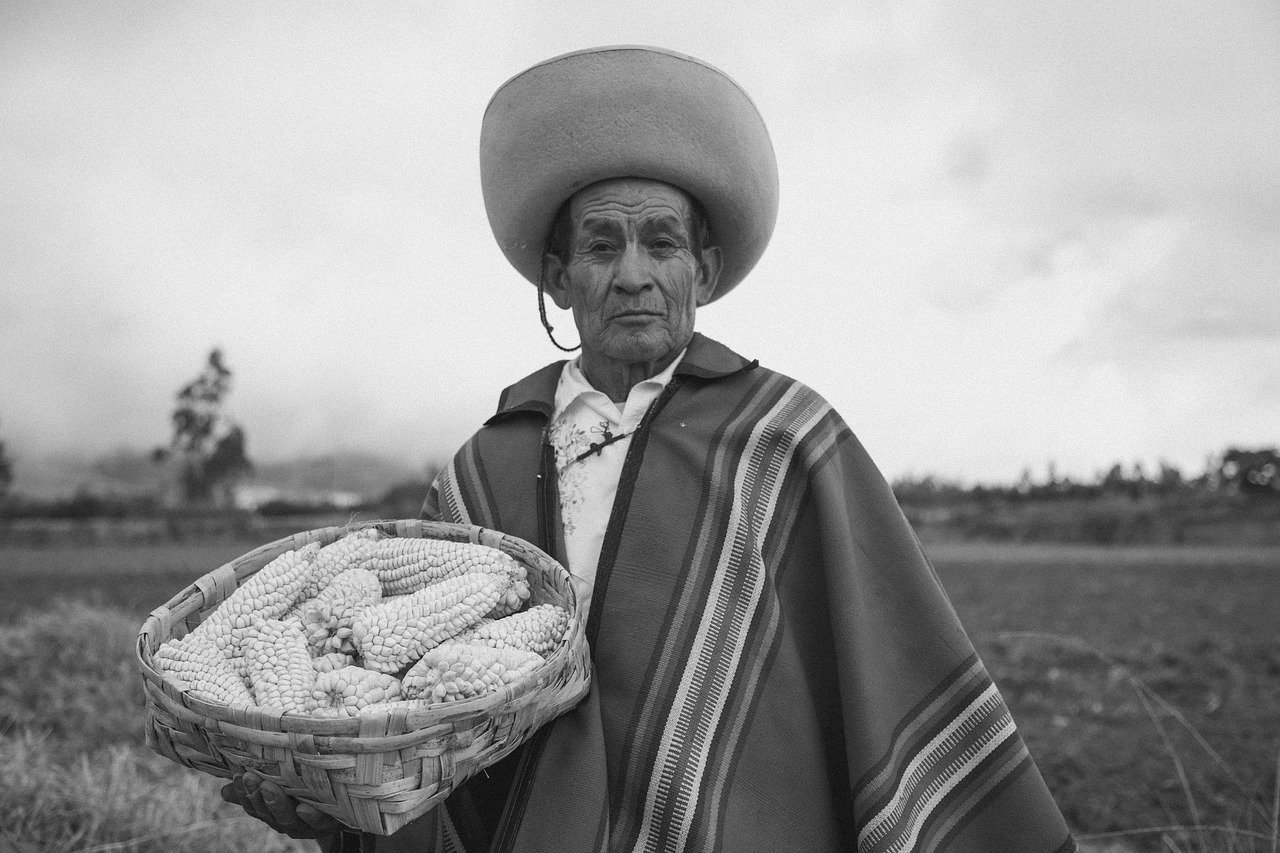
Land Back Movement
The is a contemporary Indigenous-led initiative that advocates for the return of Indigenous lands and self-governance. It is a response to centuries of colonization, land dispossession, and the ongoing struggles faced by Indigenous communities worldwide. The movement seeks to address historical injustices and empower Indigenous peoples to reclaim stewardship over their ancestral territories.
At the core of the Land Back Movement is the belief that Indigenous peoples have inherent rights to their lands, resources, and self-determination. It challenges the dominant colonial narratives that have marginalized and oppressed Indigenous communities for generations. By calling for the return of land, the movement aims to restore cultural connections, promote environmental sustainability, and revitalize Indigenous governance systems.
One of the key principles of the Land Back Movement is the recognition of Indigenous sovereignty. This includes acknowledging Indigenous nations as distinct political entities with the right to govern their own affairs and territories. The movement advocates for the dismantling of colonial structures that have suppressed Indigenous autonomy and undermined traditional ways of life.
Through grassroots organizing, direct action, and advocacy efforts, the Land Back Movement mobilizes Indigenous communities to reclaim control over their lands. It fosters solidarity among different Indigenous nations and allies to challenge the status quo and envision a future based on justice, equity, and respect for Indigenous rights.
Furthermore, the Land Back Movement highlights the interconnectedness between land, culture, and identity for Indigenous peoples. By centering land as a fundamental aspect of Indigenous existence, the movement aims to address the root causes of social, economic, and environmental disparities faced by Indigenous communities.
In essence, the Land Back Movement represents a powerful assertion of Indigenous sovereignty, resilience, and resistance against ongoing colonial legacies. It calls for transformative change that honors Indigenous knowledge, values, and relationships with the land. Through collective action and advocacy, the movement strives to create a more just and equitable future for Indigenous peoples and their lands.

Environmental Activism
Environmental activism within Indigenous communities is a powerful force driving change and advocating for the protection of lands and resources. These communities have long been stewards of the environment, understanding the interconnectedness between nature and human life.
Through grassroots movements and legal battles, Indigenous groups have fought against environmental degradation caused by industries such as mining, logging, and oil drilling. They emphasize the importance of sustainable practices that respect the earth and ensure its preservation for future generations.
One notable example is the Standing Rock Sioux Tribe's resistance against the Dakota Access Pipeline, which sparked a global movement in support of Indigenous sovereignty and environmental justice. The protest brought attention to the risks posed by fossil fuel infrastructure and the need to prioritize clean energy alternatives.
Indigenous environmental activism is not just about protecting land; it's also about safeguarding cultural heritage and traditional knowledge that are deeply intertwined with the natural world. By defending their territories, Indigenous communities are preserving their way of life and challenging the exploitative practices that threaten their existence.
Frequently Asked Questions
- What are some key events in Indigenous history?
Key events in Indigenous history include European colonization, forced assimilation policies, land dispossession, the Trail of Tears, Indigenous rights movements, impact of residential schools, the Land Back movement, and environmental activism.
- How did European colonization impact Indigenous populations?
European colonization had devastating effects on Indigenous populations, leading to loss of land, culture, and autonomy. It resulted in violence, disease, and forced assimilation.
- What is the Trail of Tears?
The Trail of Tears refers to the forced relocation of Native American tribes, primarily the Cherokee, from their ancestral lands to designated territories, resulting in immense hardship and loss of life.
- What is the Land Back movement?
The Land Back movement is a contemporary Indigenous-led movement advocating for the return of Indigenous lands, restoration of sovereignty, and self-governance, aiming to address historical injustices.
- How are Indigenous communities involved in environmental activism?
Indigenous communities are at the forefront of environmental activism, engaging in efforts to protect their lands, waters, and resources from exploitation, and advocating for sustainable practices.



















